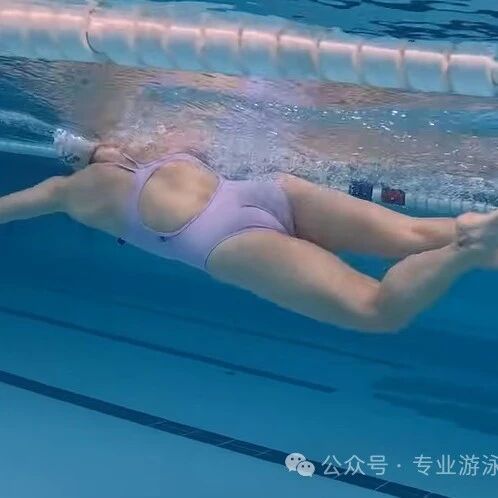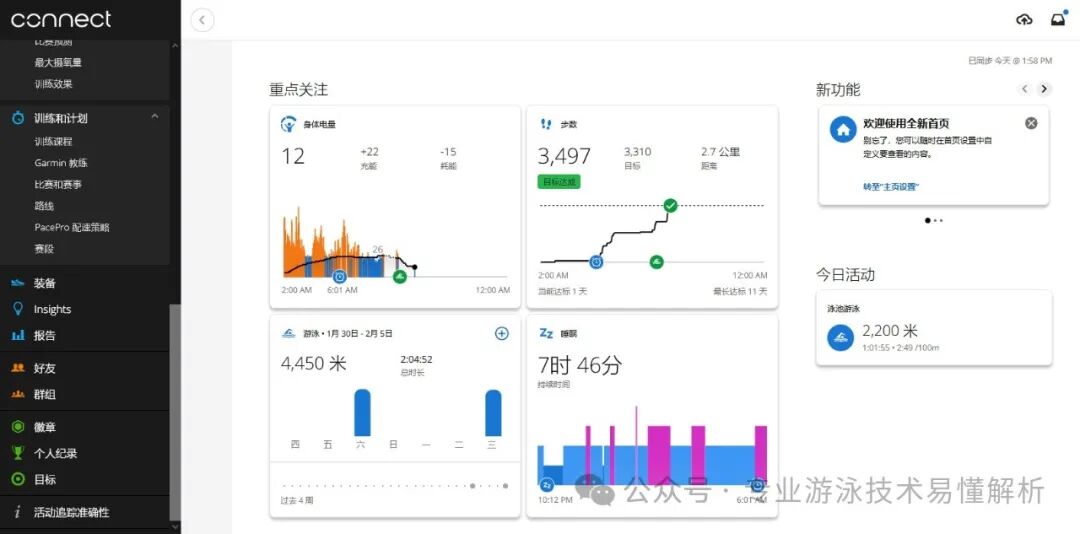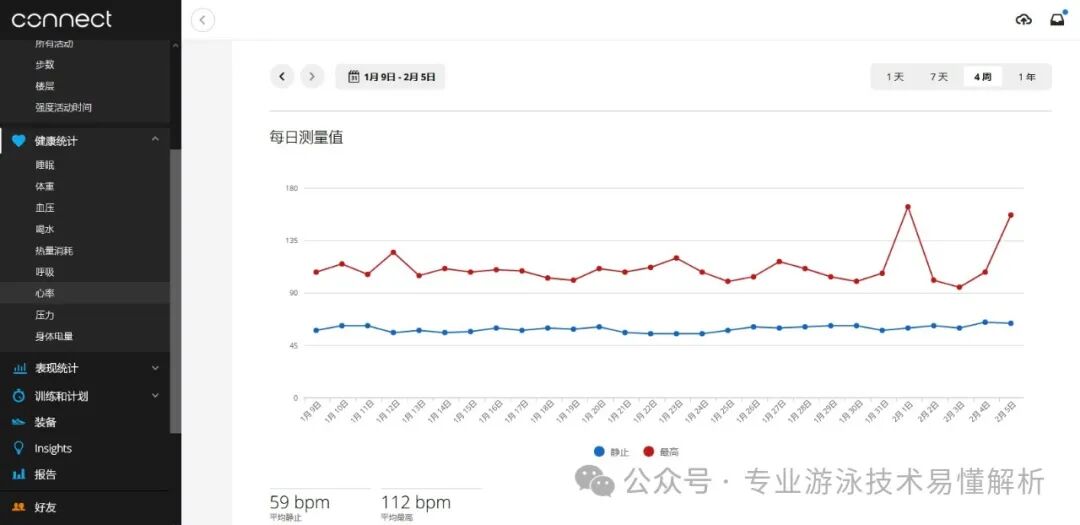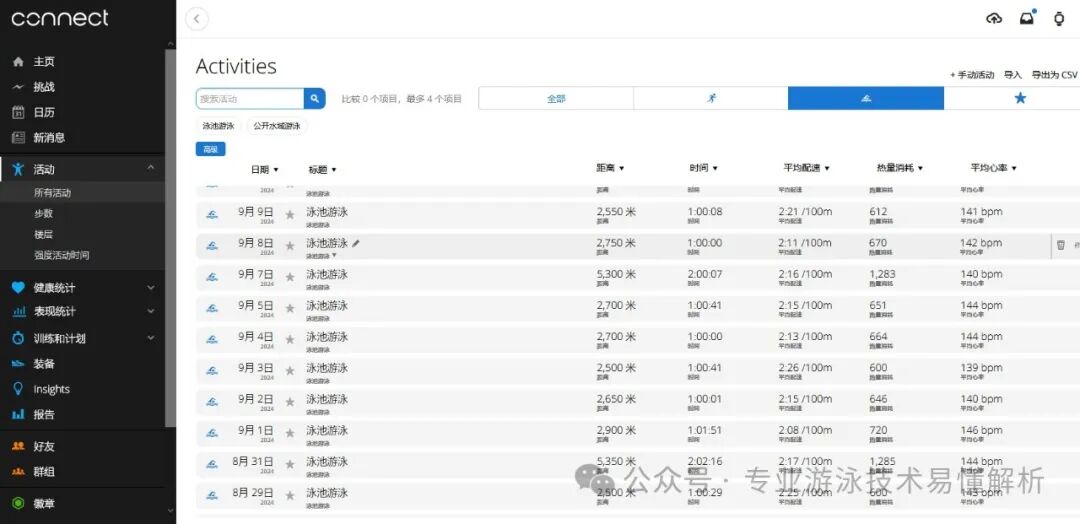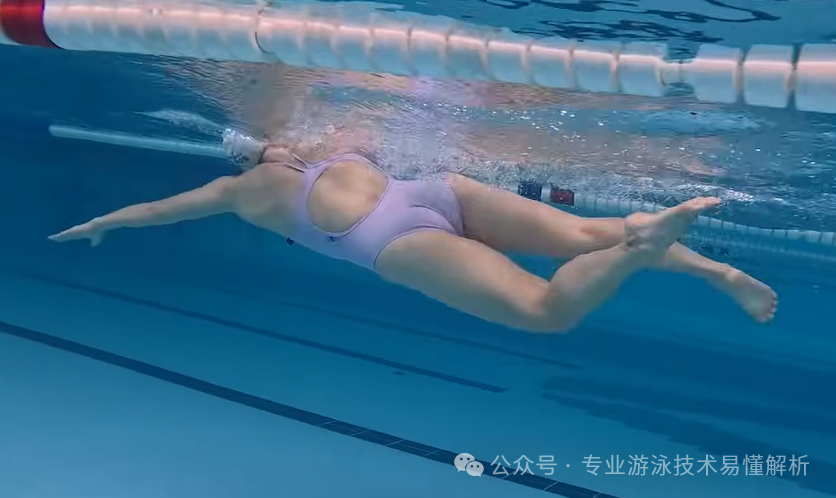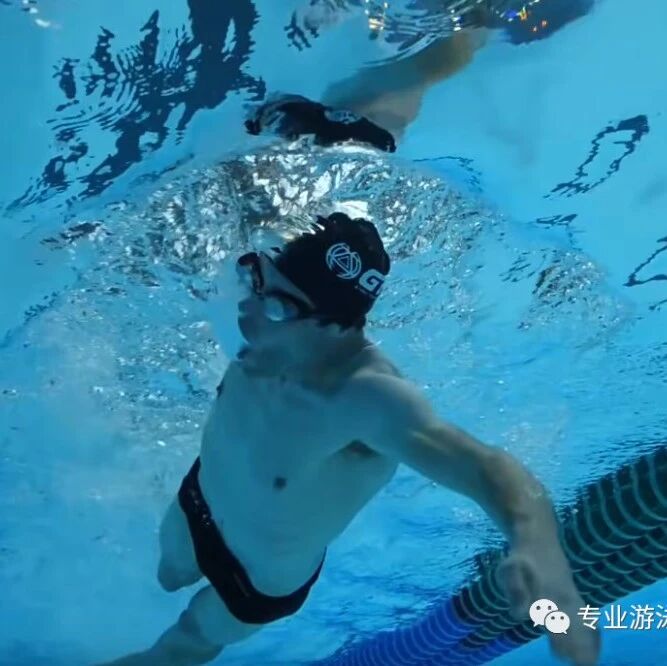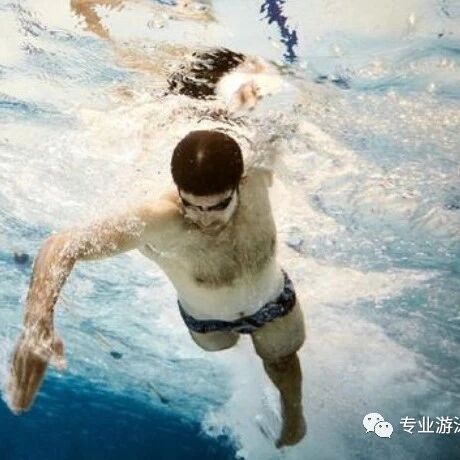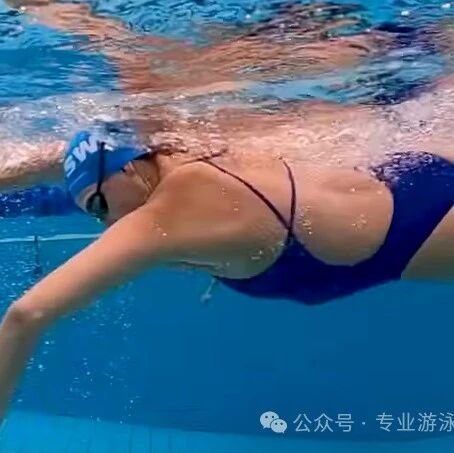Swimming is not just a sport or hobby for me—it’s also a wonderful activity that helps me relax both body and mind. It offers numerous benefits, such as full-body exercise, low-impact movement, improved cardiovascular fitness, and effective stress relief. Personally, I’ve noticed a significant boost in my immune system; I rarely catch colds these days. Plus, after swimming to shed a few pounds, I even stopped snoring altogether when I sleep!However, aimless leisure and relaxation don’t mean completely ignoring outcomes. Even someone who checks their phone battery percentage—promptly seeking a charger when it drops below 80%—still finds it hard to break free from the habit of data-driven analysis. That’s precisely why data analytics provided by professional sports watch manufacturers can be incredibly useful. After all, a sports watch is simply a user-side device for collecting data; the real value lies in the detailed analysis reports—and how those insights help users fine-tune their physical condition and refine their workout plans. Take Garmin as an example: After visiting Garmin's official data website, registering, and logging into your account, you can view all the workout records and health-monitoring data collected by your Garmin watch.
Take Garmin as an example: After visiting Garmin's official data website, registering, and logging into your account, you can view all the workout records and health-monitoring data collected by your Garmin watch.https://connectus.garmin.cn/modern/home
I checked my swimming stats from last year—while they didn’t meet my expectations, overall, I still enjoyed swimming as a relaxing and leisurely activity.Freestyle and breaststroke each have their unique advantages, catering to different fitness needs. Freestyle is the fastest swimming stroke, characterized by its smooth, efficient movements—making it highly effective for improving cardiovascular endurance. After recovering from COVID-19 over the past six months, I’ve been experiencing a faster-than-normal heart rate, but freestyle has played a significant role in helping me regain my stamina. Once you master the breathing rhythm of freestyle—and especially perfect the technique of shifting your body’s center of gravity during the full-body immersion—you’ll find yourself swimming effortlessly for longer periods. Freestyle is ideal for building endurance, burning calories, and even strengthening your core muscles at the same time.In contrast, breaststroke is a relatively gentle stroke that particularly strengthens and enhances leg flexibility. Plus, since the head usually remains above water, it tends to feel more "secure" compared to freestyle. However, breaststroke can easily mislead swimmers—for instance, it’s often perceived as easy to pace, making it ideal for relaxation and long-distance swimming. In reality, mastering a steady rhythm in breaststroke is surprisingly tricky, and attempting to swim too relaxed can lead to improper technique. Moreover, prolonged breaststroke can put undue stress on the knees. For individuals, breaststroke is best suited for gently stretching the neck and back or when navigating open-water environments where observing the surroundings is crucial. Generally speaking, though, freestyle remains the preferred choice for most swimmers.
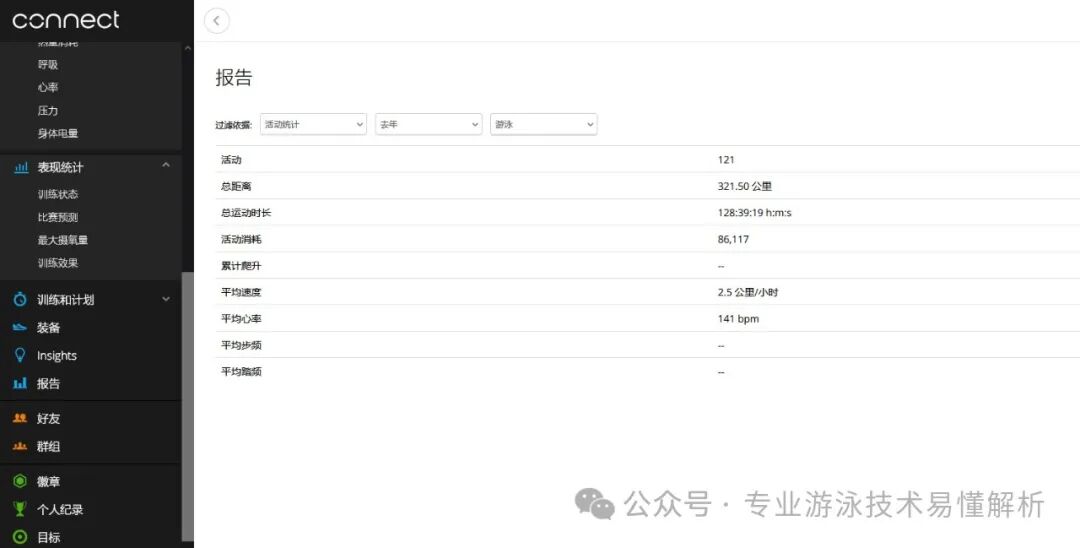 According to the data analysis, at rest, my heart rate is 59 beats per minute—significantly better than my previous resting rate of 82 bpm. During exercise, my heart rate gradually increases in sync with my activity level and then drops quickly as I finish working out. Personally, I feel energized even without taking a midday nap.A great feature of fitness watches is the "body energy" function—though it’s unclear exactly how it’s calculated or estimated, it provides valuable insights into your physical condition. When your body feels off, or when your immunity or stamina is low, your body energy level often dips as well. In such cases, it’s generally not recommended to engage in intense or prolonged, high-energy-consuming workouts.Additionally, Garmin fitness watches can accurately detect swimming strokes—based on data records, any continuous sequence of freestyle is logged as freestyle, while consistent breaststroke is recorded as breaststroke. If a swimmer alternates between the two strokes, it’s logged as individual medley.Each swimming record can be clicked to view detailed information. Once you open a medley record, you’ll see the specific stroke used in each lap—accurately reflecting the actual performance.
According to the data analysis, at rest, my heart rate is 59 beats per minute—significantly better than my previous resting rate of 82 bpm. During exercise, my heart rate gradually increases in sync with my activity level and then drops quickly as I finish working out. Personally, I feel energized even without taking a midday nap.A great feature of fitness watches is the "body energy" function—though it’s unclear exactly how it’s calculated or estimated, it provides valuable insights into your physical condition. When your body feels off, or when your immunity or stamina is low, your body energy level often dips as well. In such cases, it’s generally not recommended to engage in intense or prolonged, high-energy-consuming workouts.Additionally, Garmin fitness watches can accurately detect swimming strokes—based on data records, any continuous sequence of freestyle is logged as freestyle, while consistent breaststroke is recorded as breaststroke. If a swimmer alternates between the two strokes, it’s logged as individual medley.Each swimming record can be clicked to view detailed information. Once you open a medley record, you’ll see the specific stroke used in each lap—accurately reflecting the actual performance.
